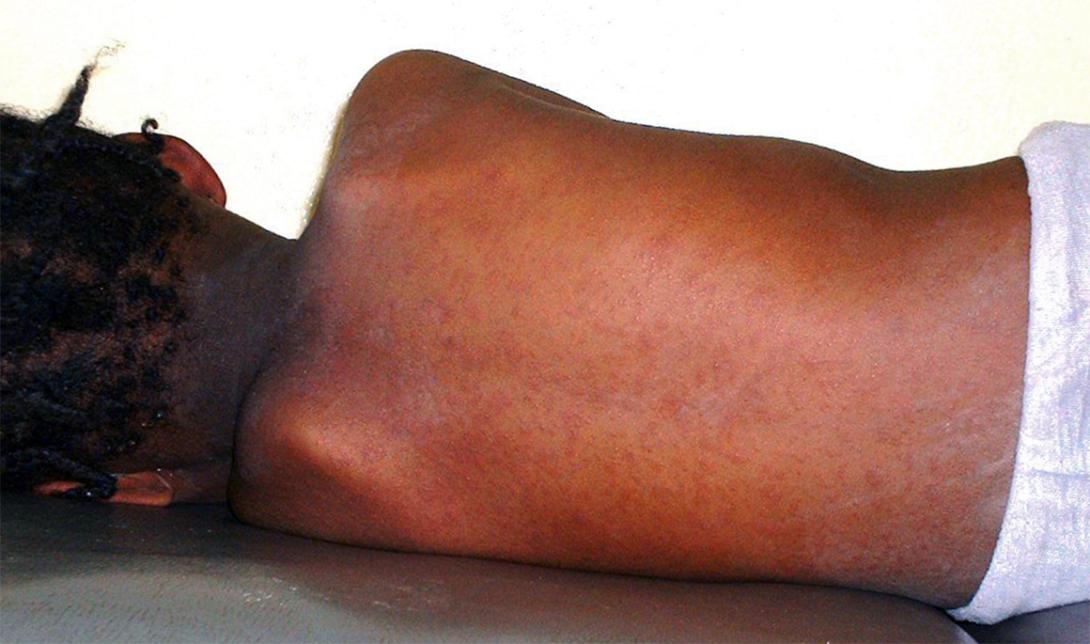
This story will be updated.
An unvaccinated adult who recently returned to the Portland area after a trip abroad has developed a serious case of the measles.
The Oregon Health Authority said the person, who was not identified, developed symptoms last Monday and was hospitalized last Thursday. They were discharged on Saturday, and a lab confirmed that it was measles on Monday.
The disease is highly contagious and anyone who was exposed to the person may have been infected. The agency warned people who could be at risk include:
- Those on a Brussels Air flight operated by United, UA1832/SN8869, last Tuesday, June 17. The person was in economy and the flight left Chicago O’Hare International Airport at 4:01 p.m. local time. It arrived at Portland International Airport at 6:29 p.m. local time.
- Those at the international arrivals and baggage claim between 6:30 and 8:30 p.m. last Tuesday.
- Anyone at Safeway at 401 A Ave., in Lake Oswego between 11:30 a.m. and 3 p.m., this past Sunday.
The virus is highly contagious. It spreads through the air after a person who’s infected coughs or sneezes, and it can stay airborne for up to two hours. Symptoms usually start with a fever, cough, runny nose and red eyes. A rash usually follows, first on the face and then on the rest of the body.
The disease can be serious and include a lung infection and even swelling of the brain. About two out of every 1,000 cases in developed countries are fatal.
People are contagious for four days before a rash appears and up to four days afterward.
An agency statement said the case was not related to an outbreak in other states. So far, this year, the federal Centers for Disease Control and Prevention has confirmed nearly 1,215 cases in 23 outbreaks in 35 states and Washington D.C. Nearly 90% of the cases were from people who contracted the virus from others infected in the outbreak — and not from overseas travel, which is how outbreaks in the U.S. often start.
More than 10% of infected people this year have been hospitalized and three have died, the first such deaths in a decade, according to the World Health Organization.
By far the biggest outbreak this year has been in a Mennonite community in west Texas. A total of 750 people, mostly unvaccinated, have been sickened since January, according to the Texas Department of State Health Department. Two school-aged children died in that outbreak — in February and April.
Some people in Texas became sicker after Health Secretary Robert F. Kennedy Jr., recommended vitamin A as a cure. At high doses, it can damage the liver and cause other symptoms. Doctors told the New York Times they noticed signs of liver toxicity in patients whose parents have given them high doses of the vitamin.
A majority of cases in the U.S. have not gotten the vaccine, which is highly effective. It works so well that in 2000, the World Health Organization declared the disease eradicated in the U.S.
"If you’re not vaccinated, you are susceptible,” Dr. Paul Cieslak, OHA’s medical director for communicable diseases, said in a statement.
Vaccine skepticism has been growing in Oregon — and elsewhere — for years. Earlier this year, the health authority warned that the vaccine exemption rate among kindergartners had reached a new high.
And last year, 31 people came down with measles in Oregon.
The other states reporting cases this year are: Alaska, Arkansas, Arizona, California, Colorado, District of Columbia, Florida, Georgia, Hawaii, Illinois, Indiana, Iowa, Kansas, Kentucky, Louisiana, Maryland, Michigan, Minnesota, Missouri, Montana, Nebraska, New Jersey, New Mexico, New York City, New York State, North Dakota, Ohio, Oklahoma, Pennsylvania, Rhode Island, South Dakota, Tennessee, Texas, Vermont, Virginia, and Washington.